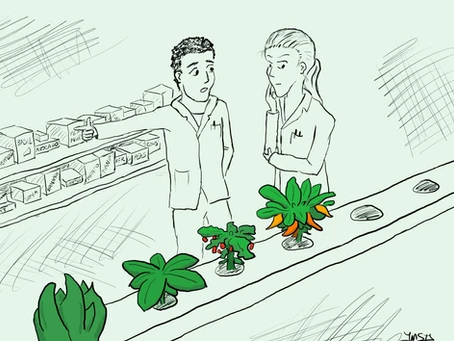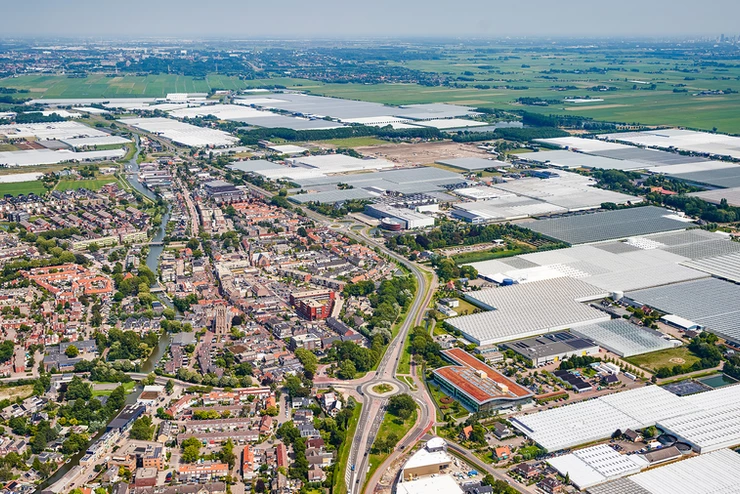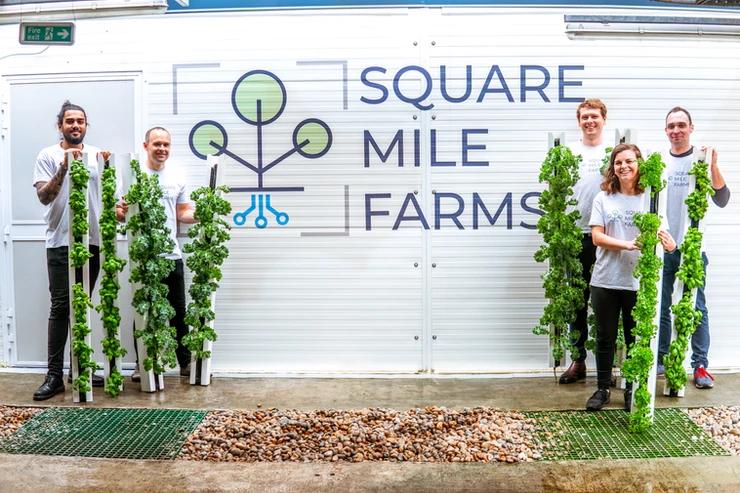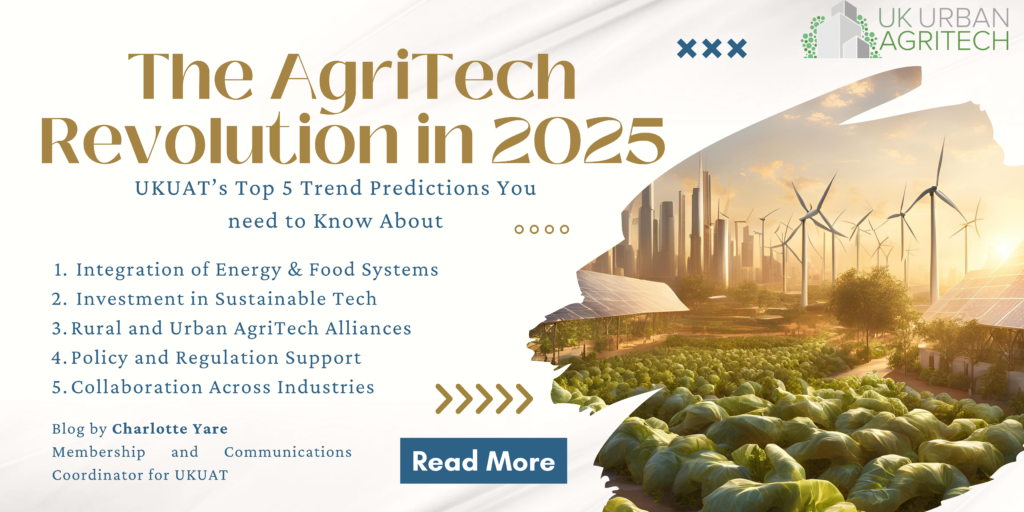
In 2025, CEA will continue to thrive, with vertical farming and hydroponics enabling year-round production of high-quality crops in urban areas, moving out into peri-urban and rural areas once more. These energy-efficient systems will continue to help tackle space constraints and support sustainable, local food production.
1. Integration of Energy and Food Systems
As a partner on the VFAST Consortium team, we know new ways of combining energy and food production will likely be the biggest success for agritech in 2025. As an example, VFAST consortium plans to build and operate Scotland’s first low-carbon, energy-efficient, soil-free vertical farms in the central belt whilst using Long-Duration Energy Storage (LDES). These innovative vertical farms will support the Scottish Government’s ambitions to produce more homegrown fruit and vegetables. We can expect more farms to adopt energy-flexible models that seamlessly integrate wind, solar, energy storage, and vertical farming, creating more efficient systems for renewable energy generation.
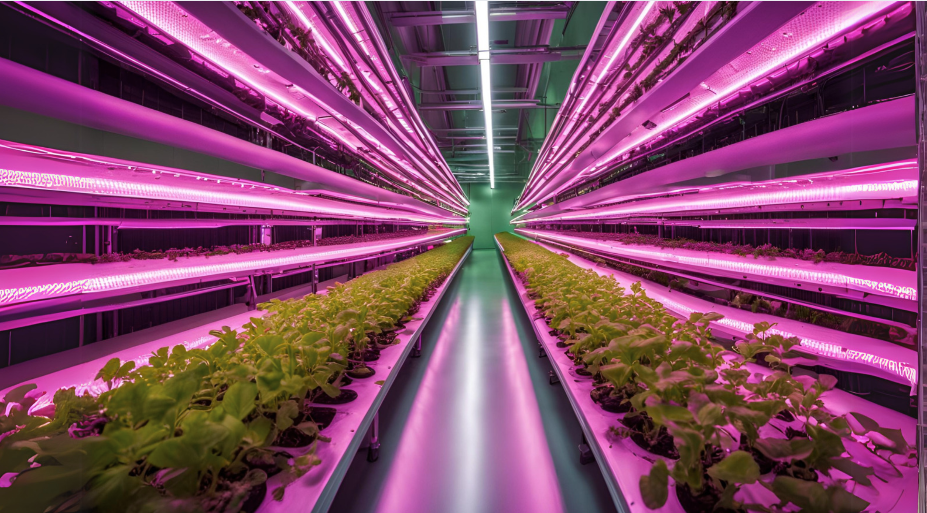
2. Increased Investment in Sustainable Technology
Though investment was harder to achieve in 2024, we predict that investment in agritech startups and innovation hubs will increase as demand for sustainable, locally grown food increases in 2025. This will drive breakthroughs in areas like plant health, precision farming, and automated systems.
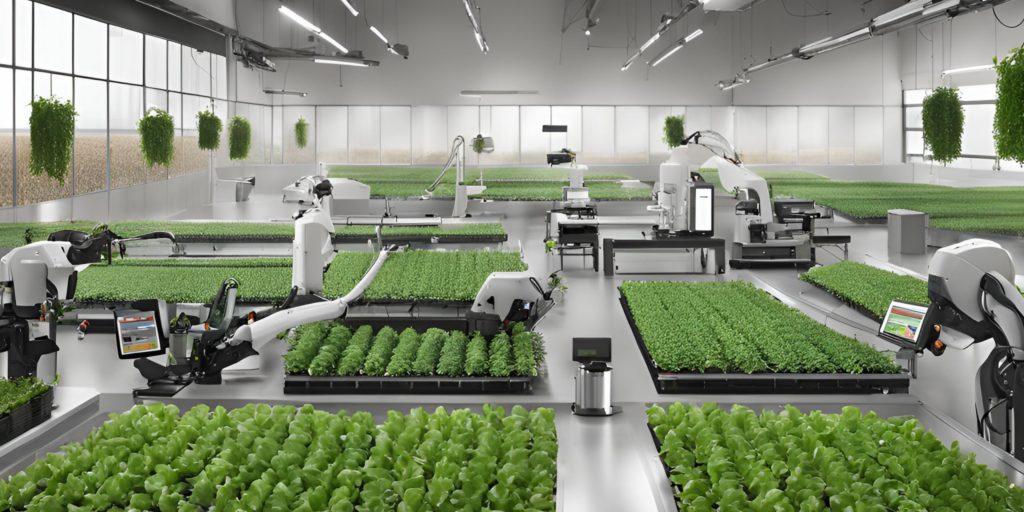
3. Rural and Urban Agritech Alliances
In 2024, the Inheritance Tax burden on farmers highlighted a critical issue that may have been overlooked amidst the rapid advancements in agritech. While the focus has been on technological innovation, the direct impact of these financial challenges cannot be ignored. Now, more than ever, it’s vital for both traditional farming and agritech to collaborate. By joining forces, these sectors can effectively address food security challenges, with a growing emphasis on producing fresh, local food in urban areas. This approach will help reduce reliance on imports and lengthy supply chains, ensuring a more resilient and sustainable food system.
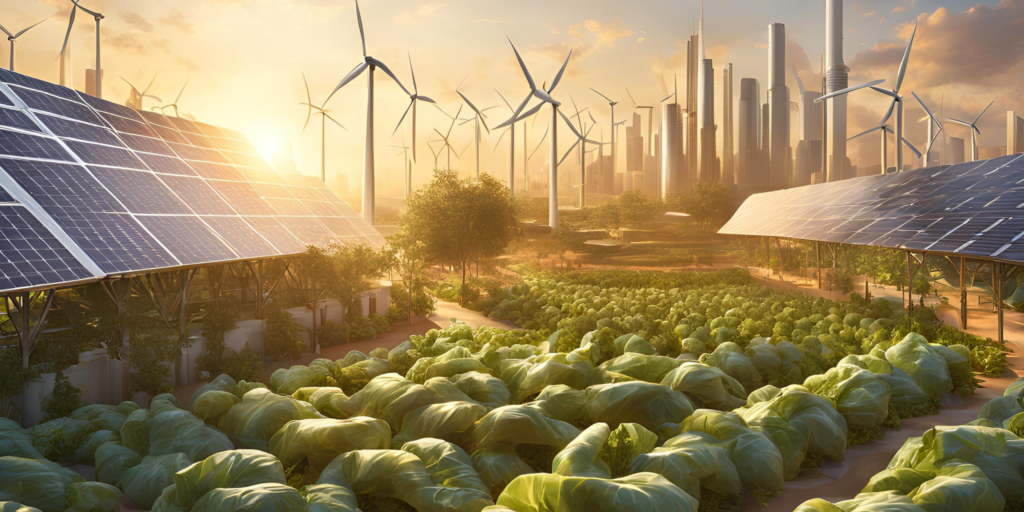
4. Policy and Regulation Support
From point 3, we predict that the UK government is likely to introduce more policies, (hopefully) supporting the growth of agritech. As of now, we imagine it will include funding for innovation, research, and the integration of green technologies into urban farming, and moving away from traditional farming.

5. Collaboration Across Industries
As the sector matures, more cross-industry collaborations are expected, bringing together technology, food, energy, legal and even construction sectors to create holistic solutions for urban sustainability. At UKUAT we don’t only have direct links with people in the agritech sector but in construction, law, software, and others who know that collaboration across our industries is key in progressing to the future of agritech.

As we move through 2025, the potential of controlled environment agriculture (CEA) continues to unfold, promising a more sustainable, resilient, and innovative food system. From integrating energy and food systems to forging cross-industry alliances, the agritech sector is shaping the future of food production with groundbreaking technologies and collaborative efforts. Increased investment, supportive policies, and stronger partnerships between rural and urban stakeholders will be critical in ensuring that these advancements benefit communities at every level. By embracing these opportunities, we can tackle pressing challenges like food security, environmental sustainability, and energy efficiency, creating a thriving, interconnected system that meets the needs of a growing world.
by Charlotte Yare
Membership and Communications Coordinator



